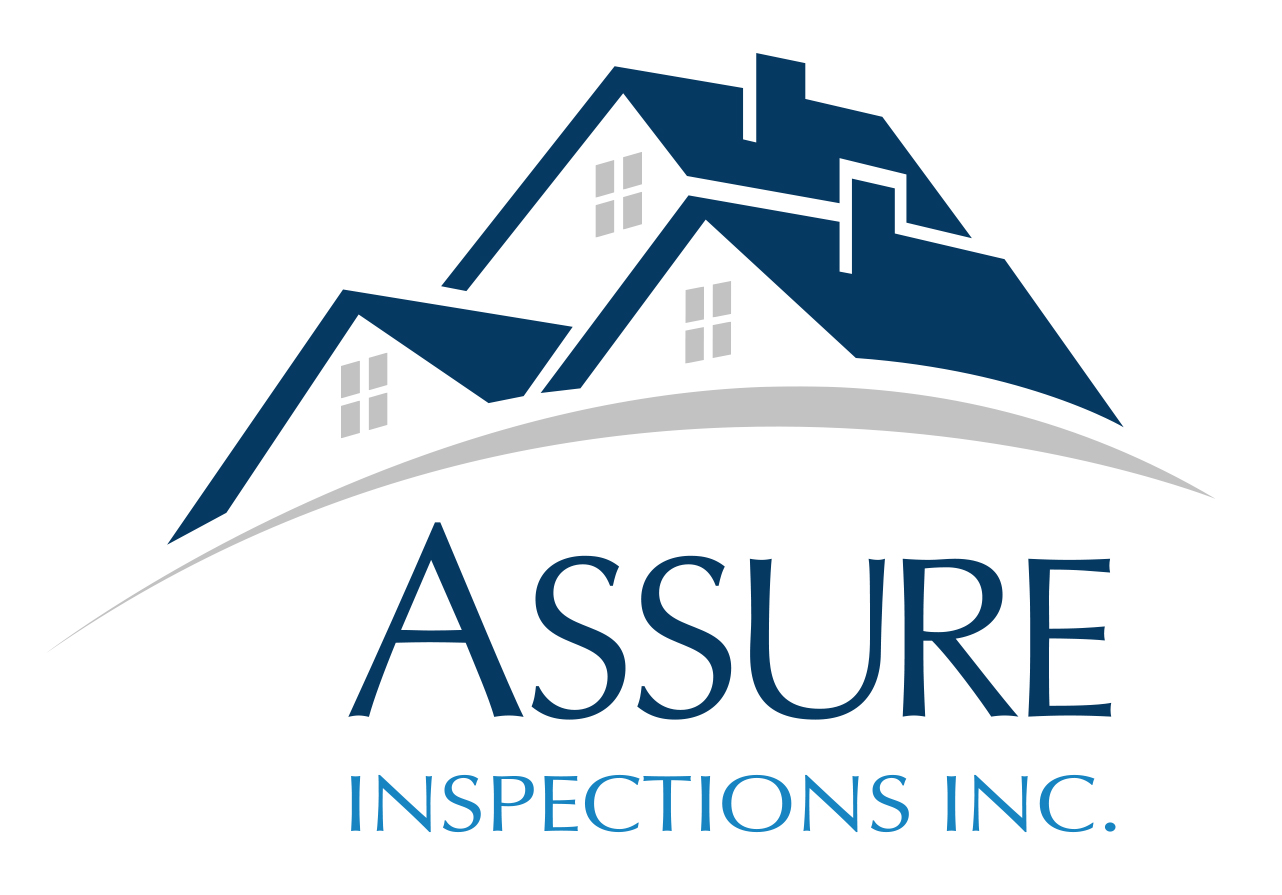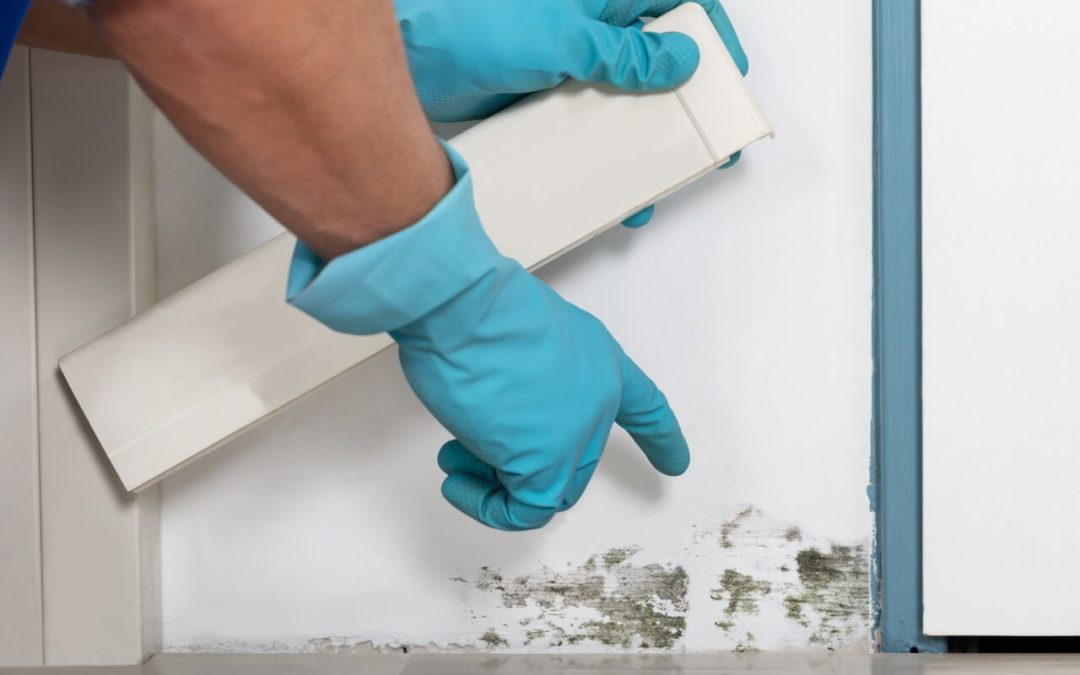Mold is a common problem in many homes, and if left unchecked, it can lead to various health issues and damage to your property. Controlling mold growth is essential for maintaining a healthy indoor environment and preserving the structural integrity of your home. Fortunately, there are several steps you can take to prevent and manage mold growth effectively. Here are some practical tips to help you keep mold at bay:
1. Maintain Proper Ventilation to Prevent Mold Growth
Good ventilation is key to preventing mold growth. Make sure your home is adequately ventilated, especially in areas prone to moisture buildup such as bathrooms, kitchens, and basements. Use exhaust fans in these areas to remove excess moisture and improve air circulation.
2. Monitor Humidity Levels
Mold thrives in humid environments, so it’s essential to keep indoor humidity levels in check. Ideally, indoor humidity should be kept below 60%. Use a hygrometer to monitor humidity levels and consider using a dehumidifier if necessary, especially during humid months or in areas with poor ventilation.
3. Fix Leaks and Moisture Issues
Address any water leaks or moisture problems in your home promptly. Inspect plumbing fixtures, roofs, windows, and walls for any signs of leaks or water damage. Repairing leaks and addressing moisture issues promptly can prevent mold growth and structural damage.
4. Clean and Dry Wet Areas
If water does infiltrate your home, whether from a leak or a spill, it’s crucial to clean and dry affected areas promptly. Use towels or a wet/dry vacuum to remove excess water and then thoroughly dry the area using fans or dehumidifiers. Mold can start growing within 24-48 hours of water exposure, so swift action is essential.
5. Use Mold-Resistant Products
When renovating or building, consider using mold-resistant materials such as mold-resistant drywall, paint, and insulation in moisture-prone areas. These products are designed to inhibit mold growth and can help prevent mold problems in the long run.
6. Keep Indoor Surfaces Clean to Prevent Mold Growth
Regular cleaning can help prevent mold growth by removing dirt, dust, and other organic matter that mold feeds on. Pay special attention to areas like bathrooms, kitchens, and basements, where moisture levels tend to be higher. Use a mixture of water and detergent to clean surfaces, and avoid using excessive amounts of water, as this can contribute to moisture buildup.
7. Control Outdoor Moisture
Keep gutters clean and free of debris to ensure proper drainage away from your home’s foundation. Ensure that the ground around your home slopes away from the foundation to prevent water from pooling near the building. Consider landscaping techniques such as using mulch to help absorb moisture in garden beds.
8. Monitor Indoor Plants for Mold Growth
Overwatering indoor plants can contribute to excess moisture in your home, providing an ideal environment for mold growth. Be mindful of how much water your plants need and avoid overwatering. Place saucers under pots to catch excess water and empty them regularly.
9. Inspect and Maintain HVAC Systems
Regularly inspect and maintain your heating, ventilation, and air conditioning (HVAC) systems to ensure they are functioning correctly and not contributing to mold growth. Change air filters regularly and consider installing a HEPA filter to trap mold spores and other allergens.
10. Seek Professional Help if Needed
If you have a severe mold problem or are unsure how to address it effectively, don’t hesitate to seek professional help. A qualified mold remediation specialist can assess the situation, identify the underlying causes of mold growth, and recommend appropriate solutions to mitigate the problem.
By following these tips and staying proactive in preventing mold growth, you can create a healthier and more comfortable indoor environment for you and your family. Remember that addressing moisture issues promptly and maintaining proper ventilation are key to controlling mold growth in your home.
FAQs about Mold Growth in the Home
How can I prevent mold in damp areas like basements and crawl spaces?
To prevent mold in damp areas like basements and crawl spaces, it’s important to keep these areas well-ventilated, use a dehumidifier to control humidity levels, and address any water leaks or moisture issues promptly.
What should I do if I find mold in my home?
If you discover mold in your home, it’s essential to address the underlying moisture problem and remove the mold promptly. This may involve cleaning smaller areas of mold with a mold-killing agent or hiring a professional remediation service for larger infestations.

